Brianza
Historical and cultural area of Italy From Wikipedia, the free encyclopedia
Brianza (Italian: [briˈantsa], Lombard: [briˈãː(t)sa]) is a geographical, historical and cultural area of Italy, at the foot of the Alps, in the northwest of Lombardy, between Milan and Lake Como.
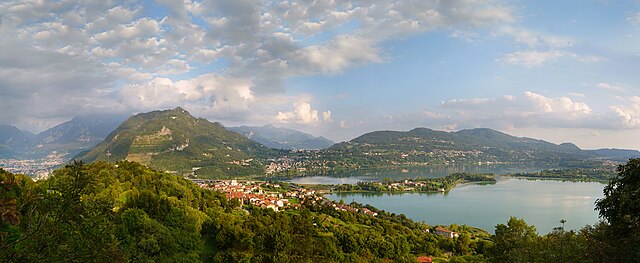

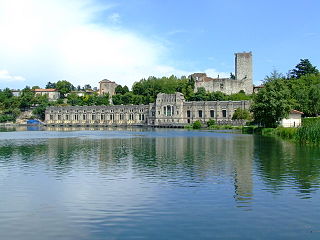
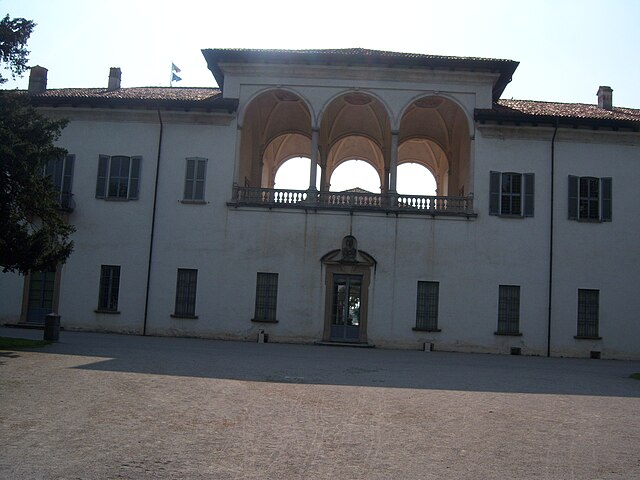


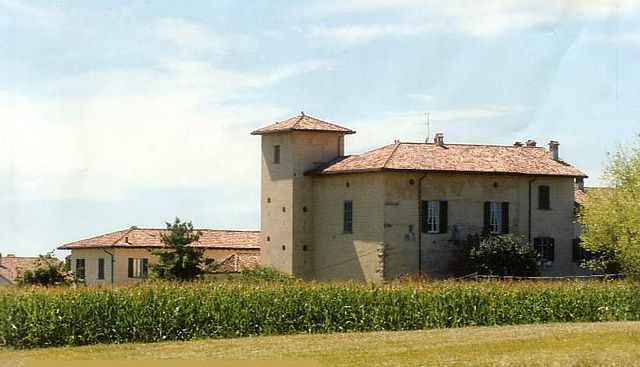

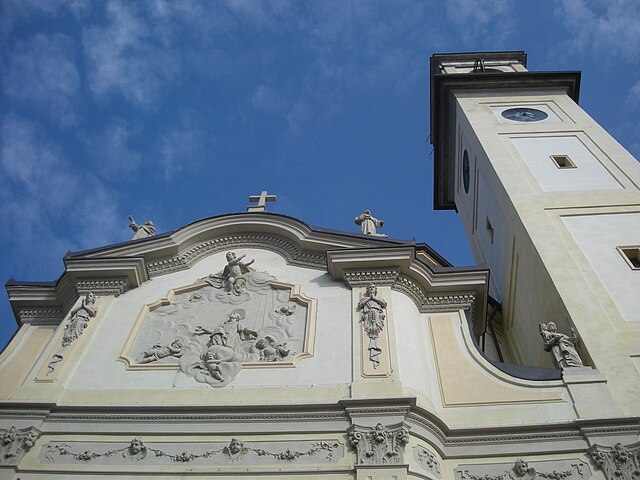

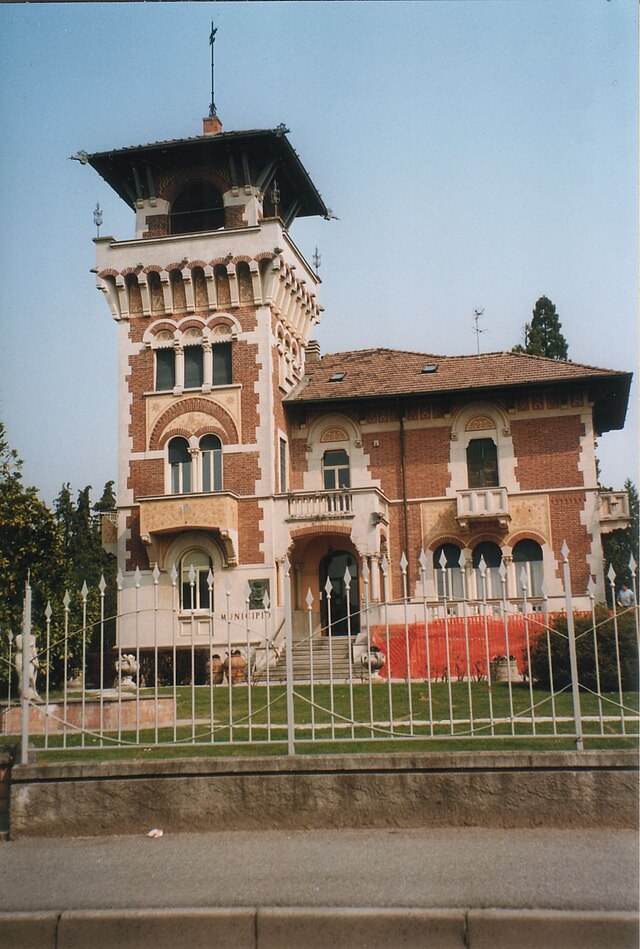

Geography
Brianza extends from the Canzo area, North of Monza (approximately 14 km from Milan), to the Seveso River on the West and to the Adda River on the East. The southern and western parts are mostly flat, while the northern and eastern parts are mountainous.
Brianza encompasses a part of the administrative area of the Province of Monza and Brianza, a part of the administrative area of the Province of Lecco, a part of the administrative area of the Province of Como and some municipalities of the administrative area of the province of Milan bordering the Province of Monza and Brianza. The main language spoken in this area is Italian and to a lesser extent a dialect of the Lombard language.
Brianza is densely populated, with approximately 1.372 inhabitants/km2, yet remains remarkably fertile for farming. Due to its hilly nature, it is a favorite summer resort for the people of Milan. Its economy includes the production of furniture and tools. The agro-industrial technology and high-tech economies have expanded in recent years.
Geographic boundaries
- To the northeast: hills and valleys from Lake Garlate, up to the beginning the Lambro River on Monte San Primo. To the northwest: hills surrounding the source of the Lambro back down to Tavernerio (which is above Lake Montorfano), continue along the line Lipomo-Capiago Intimiano-Senna Comasco-Casnate con Bernate and end where the Seveso River takes its source on Sasso di Cavallasca.
- Southern borders: beginning of Limbiate, the municipalities along the Canale Villoresi[1] to its confluence in the Adda River.
- Eastern borders: the Adda,[2] after the lakes of Garlate and Olginate, which receives the waters of the Canale Villoresi.
- Western borders: the Seveso River from its source on Sasso di Cavallasca to Paderno Dugnano where it crosses the Canale Villoresi, and the Oltreseveso ("beyond the Seveso") consisting of the municipalities of Cermenate, Lazzate, Misinto, Cogliate, Ceriano Laghetto, Solaro and Limbiate.
History
The area of the modern day Brianza was originally settled in the 2nd millennium BC or even earlier.
Brianza is in Lombardy, the region named after the Longobards, who arrived around the 570s, after the Celtic and the Roman expansion.
The spread of Christianity in Brianza dates back to the 3rd century, owing much to Saint Ambrose. There, St. Augustine of Hippo (as documented by himself in his Confessions) had lived at Rus Cassiciacum (now Cassago), during the period after his conversion and just before his baptism by Bishop Ambrose. In the Middle Ages the Cathars, the Humiliati and the Pataria religious movement rose and fell in several towns of Brianza. The Franciscans flourished instead and remain to the present day. Most of the region follows the Ambrosian Rite of the Catholic Church in communion with the Pope in Rome.
Brianza was home to many distinguished figures in poetry, philosophy and history of medicine among them are:
Names
In Italian, lower Brianza is referred to as bassa Brianza and upper Brianza is alta Brianza.
The name Brianza may be derived from the Celtic word brig ("hill"), or the Latin name Brigantia which originated from some colonies of the Brigantes, or Brigantii, a Celtic sub-tribe of Alps and Prealps that were Romanized and after the Barbarian invasions emigrated. According to another tradition, when the Celtic leader Bellovesus founded Milan, his chief lieutenant Brianteo conquered a surrounding geographical area, which was thenceforth named Briantia or Brianza.
Brianteo/Briantea/Briantei/Briantee, Briantino/Briantina/Briantini/Briantine, and Brianz(u)olo/Brianz(u)ola/Brianz(u)oli/Brianz(u)ole are all terms for the people of the Brianza.[3][4] Briantitudine is a name that claims the identity of the Brianza with its population and its culture.[citation needed]
References
Bibliography
Gallery
Wikiwand - on
Seamless Wikipedia browsing. On steroids.
